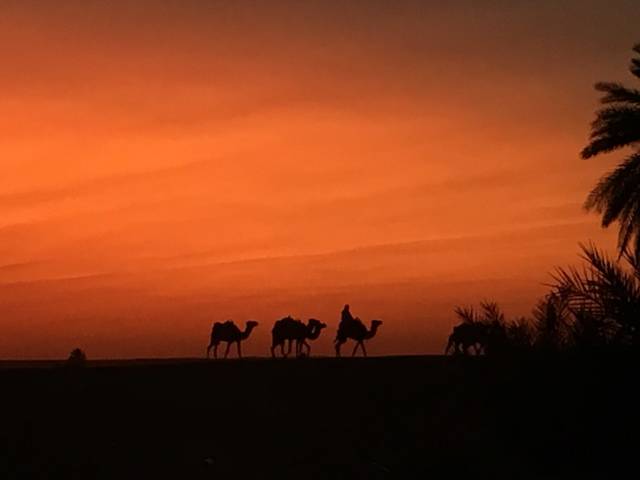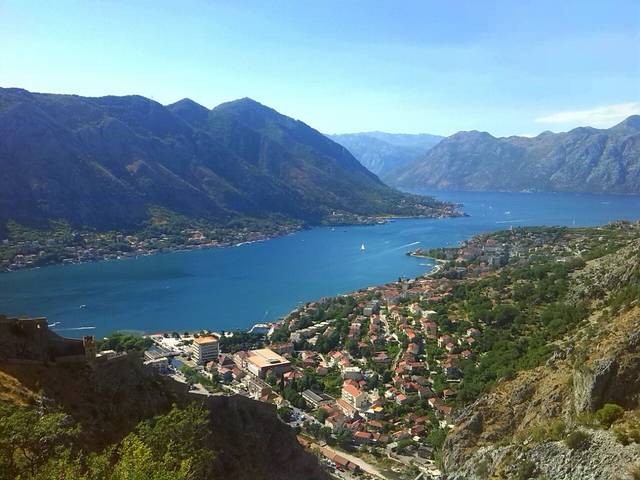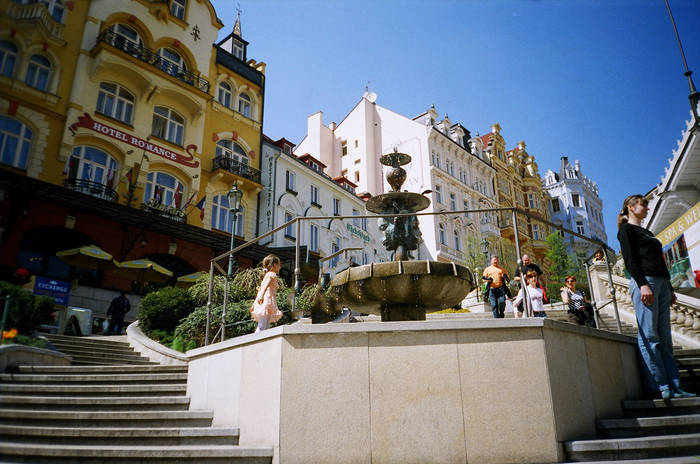Bajao people
 The people of bajao, or, as they are called, sea gypsies, do not have documents, citizenship or any rights. They roam the ocean with their homes off the coast of Malaysia, Indonesia and the Philippines. There are more than a million of them and this is the most unprotected layer of the population, practically not in contact with civilization.
The people of bajao, or, as they are called, sea gypsies, do not have documents, citizenship or any rights. They roam the ocean with their homes off the coast of Malaysia, Indonesia and the Philippines. There are more than a million of them and this is the most unprotected layer of the population, practically not in contact with civilization.
Close your eyes and imagine the paradise of our planet. Warm water shimmers with 50 shades of blue and caresses the white sand. Flocks of colored fish and sea turtles encircle your boat, approaching an island with spreading palm trees at low speed. An ideal picture of a place where there are no problems, city bustle and the passage of time and where there is no mobile connection.
But for some, such heavenly places on earth are home. The people of Bajao are an ethnic group representing several interconnected groups of indigenous peoples, living off the coast of Malaysia, Indonesia and the Philippines. Only on the eastern coast of Malaysia there are more than 400-500 thousand, and in total there are more than 1 million, while bajao are not citizens of any of these countries, they do not have documents and rights. Their children are not entitled to education, social protection and medical care. Formally, these people do not exist for the world.
Often they are called “sea gypsies”, changing their location within hundreds of kilometers. It is important to note that this ethnic group has nothing to do with Roma (which we habitually call gypsies, which is not true).
Way
I go to the people of bajao from the small fishing town of Semporna (Sabah), in the southeastern part of Malaysia on the island of Borneo on the shores of the Celebes Sea, or Sulawesi (the Indonesian name for this sea). This is an inter-island sea in the western part of the Pacific Ocean, just over a hundred kilometers, the Philippines already begin, but there are no visible boundaries. Hundreds of small islands and boats scurrying from horizon to horizon, it is always summer here, and the water temperature does not fall below 27-29 ° С during the year.
Suddenly it begins to rain, which in a matter of minutes turns into a powerful tropical rain. My Malaysian guide leads a small speed boat, he speaks a little Bajao and will help me communicate with the sea gypsies. His twelve-year-old son is also traveling with us. Visibility through a dense wall of rain is not more than a couple of hundred meters, I am looking for a dry place and feverishly trying to hide photographic equipment under a bench, and meanwhile the boat blows the wind to a small uninhabited island. My guide’s son shows with gestures that help is needed: you need to jump overboard and try to hold on to the boat, drifting confidently towards a sharp coral reef. I jump out, the depth near the shore is about a meter, and the two of us with difficulty hold the boat under the onslaught of the elements. Another 10-15 minutes pass, and the rain stops as suddenly as it began, the bright sun appears in the sky, and the picture of heaven on earth again sparkles with bright turquoise hues.
But the raging elements – this is not a hurricane and not force majeure, it is an ordinary tropical rainfall, which can happen here several times a day. I can hardly imagine how, under such pressure from heaven, all these many fragile huts on the shallows keep their shape and how it feels to know that your house is like a small boat, which at night is blown by a gust of wind into the ocean. However, these are only the first sensations of how far our world is far from ideal, and the ideas about heavenly corners of the earth are so skillfully idealized with images from television ads of the 90s.
Life
I was always interested in joining everyday life and visiting guests in those houses, which, as it seems from the outside, can crumble if you simply jump inadvertently there. More than once I was on islands in the countries of Southeast Asia, but for the first time I got acquainted with the life of the most vulnerable layer of the population. These people live in subsistence farming at sea and have little contact with what we call civilization.
In English there is a stable expression that most accurately reflects the essence of this place – in the middle of nowhere. Settlements are located right in the middle of the sea, huts – on the shallows or coral reef, without drinking water and electricity. Over time, an increasing number of bajo move to land. Those who are richer build their homes in the coastal zone of the islands, but separately from the local population. And those who are poorer live in boats with a canopy, moving between locations.
On a speed boat, we sail to a group of small huts on wooden poles. Around the boat, there immediately appear boats with local children who, in their three or four years old, sail perfectly, confidently control the oars and adjust the movement. Most children under the age of 10-11 go naked without embarrassment or restriction. Three little Mowgli jump out of the boat and, having tumbled over, noisily plunge into the water. Everything is natural and relaxed here. Tourists do not come here, so no one asks for a conditional dollar, unlike the coastal zone.




